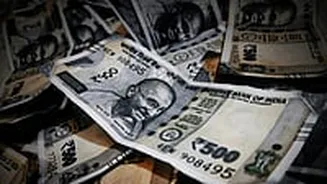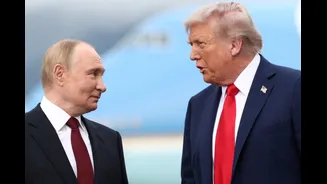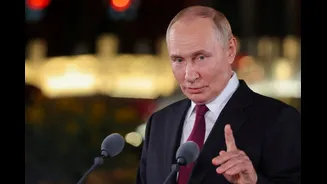The next four months of the year will be critical for the Indian economy as several questions that have been posed and conjectured will witness definite outcomes. First is the issue of tariff. There have been talks
going on with the USA on tariffs and there is expectation that the 50% tariff will be lowered to 25% or lower once these deals fructify. This would mean having a trade deal where there is more access provided to the USA with probably rationalized tariff rates. The issue of oil imports is tricky as it cannot be withdrawn immediately as Russia does account for over 30% of total imports.
Besides, there are issues of sovereignty involved where there can be no compromise. With global prices being benign for oil it is possible to source oil from other countries at a lower cost Second, is the impact on the economy on account of the tariff structure. The final rate can be 25% or lower but it would still be higher than the 3- 4% which was imposed earlier. The industries that are facing challenges are textiles, precious stones, and handicrafts among others. While the industry associations did flag the problems of lower business and hence impact on viability, the broader issue of employment was the major concern.
As most of these units are in the MSME segment, they tend to be even more vulnerable to such disturbances. The actual impact would be known in the coming period. This in turn will have a bearing on both exports and growth. It is believed that GDP growth per se may not be impacted much as India is basically a domestic oriented economy where growth impulses come from within. But USA is our major export partner, accounting for around 20% of aggregate exports and would be critical for overall growth in exports. As of September, the impact appears to have been minimal. The question is whether this kind of immunity can be sustained till the end of March.
There are talks about diversifying our export markets and the ability to do so will be tested. It is also true that substitution of exports is not easy as goods are often customized and often competing countries may not be in a position to scale up their output. Third, the GST reform has been a big one from the point of view of consumption. The immediate response, based on feedback from the retail sector, has been encouraging. The question, however, is whether or not the same will be sustained. Consumption tends to be lumpy and if households do spend a lot during the Diwali season there may be less of an urge to continue to do so as there is normally a fixed demand for durable goods.
The GST cuts were made just at the time of the festival season. Purchases on the other hand got held back due to this announcement. The results were more than positive throughout the Diwali season. It is not however sure if future purchases have also gotten clubbed with the present festival spending. Hence, the sustainability of this spending will be tested. Ideally there should be higher levels of consumption all through the rest of the year. The GST relief should be seen in conjunction with the income tax relief that was awarded at the time of the Budget. Ideally a good part of the resources released from both these fiscal measures should add decisively to consumer spending.
Fourth, the final response of private sector investment will be monitored. One of the common explanations advanced for rather low levels of private investment, which was not broad-based, was subdued demand conditions. Therefore, investment has been observed in industries that are linked with infrastructure. But the same has not held for consumeroriented industries. Now with the big push being provided to consumption, there should ideally be an uptick in private investment in the consumer goods industries. The lower interest rate environment should also help to provide a push to investment
Fifth will be the state of fiscal health. In FY26 there have been substantial sops given on the taxation side which will affect the revenue not just of the central government but also states. This would not have been an issue but for the fact that growth in nominal GDP growth is falling short of expectations by at least 1- 2%. This means that the base on which tax is imposed would be growing at a lower than targeted rate. Also, a lower GDP number can distort the fiscal deficit ratios of the government. While states are bound by the FRBM and would have to rein in the deficit at 3 or 3.5% or whatever was budgeted for, the centre will have to perform a fine balancing act There will be challenges in maintaining the fiscal ratios too The results should be out by March 2026.
The writer is Chief Economist, Bank of Baroda and author of: Corporate Quirks: The Darker Side of the Sun. Views are personal
















